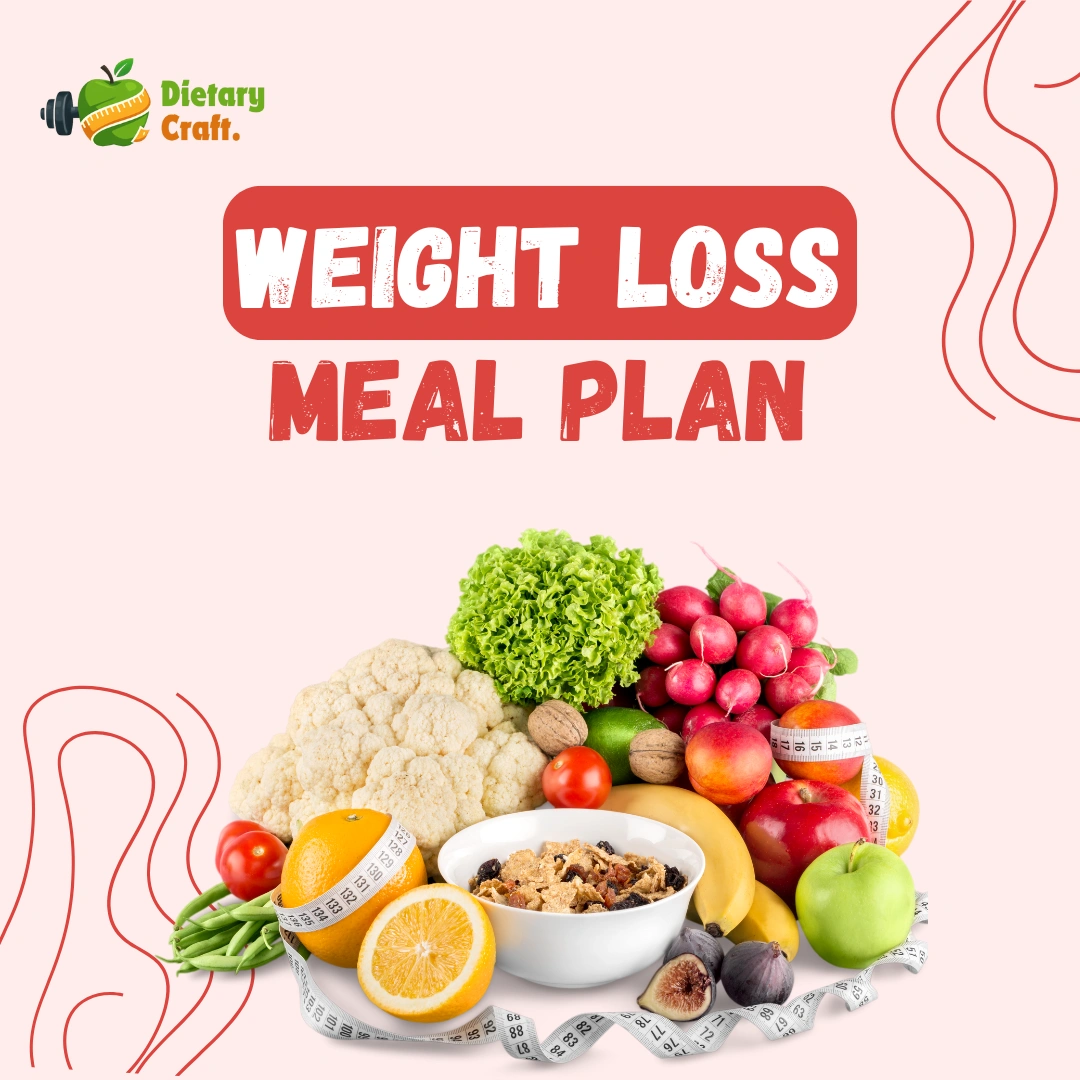I tried every popular strategy to lose fat — calorie counting, low-carb diets, morning workouts, green teas, skipping meals — but nothing stuck long enough to show real results.
Then I made one change, and everything started to shift.
I didn’t add supplements. I didn’t double my workouts. I didn’t go on a crash diet.
I simply changed when and how I ate.
Transform Your Body in 4 Weeks!
Join our weight loss program today
- Personalized Meal Plan
- Daily Follow-up
- Weekly Grocery Lists
- 24/7 WhatsApp Support
- Educational Resources

That one decision — to eat intentionally and consistently — changed the way my body looked and felt within weeks.
Let me break down exactly what I did, how it worked, and how you can apply it to your own fat-loss journey.
The Change: I Stopped Eating on Autopilot
Before this shift, my eating habits looked like this:
- Skipped breakfast or ate it late
- Long gaps between meals
- Random snacking, especially at night
- Eating fast or distracted (TV, phone)
- Finishing meals even when I wasn’t hungry
These habits kept me in a cycle of overeating, undernourishing, and storing fat — especially around my belly.
The fix?
I started eating with structure and awareness — and not just for the sake of discipline. I rebuilt my relationship with food based on three ideas:
- Eat at the right times
- Eat enough of the right things
- Eat with full attention
Why This Change Worked for Fat Loss
We often overestimate the importance of workouts and underestimate the power of routine meals.
Here’s what happened when I shifted to intentional eating:
- Cravings dropped
- My energy improved
- No more bloating or late-night hunger
- I naturally stopped snacking unnecessarily
- My body released fat instead of storing it
Once I aligned my eating patterns with my body’s real needs, fat loss became easier — and more sustainable.
Step-by-Step: How I Changed My Eating Habits
1. I Ate Within 60–90 Minutes of Waking Up
This stabilized my blood sugar, reduced cravings, and helped prevent overeating later in the day.
My go-to breakfast:
- Oats with banana, flaxseeds, and peanut butter
- Or boiled eggs + whole grain toast + fruit
2. I Set a Meal Pattern: 3 Meals + 1 Snack (If Needed)
I ate roughly every 4 hours, which:
- Prevented binge-eating
- Reduced the temptation to graze
- Allowed proper digestion and appetite control
Structure created freedom. I no longer wondered when or what to eat.
3. I Balanced Every Meal With Protein, Fiber, and Fat
Each meal had:
- Protein (chicken, eggs, lentils, yogurt)
- Fiber (vegetables, oats, fruits)
- Healthy fats (olive oil, nuts, seeds, avocado)
This combination kept me full for hours and stopped the blood sugar rollercoaster that leads to belly fat.
4. I Ate Without Distractions
This might sound minor — but it was powerful.
No phones. No TV. Just me and my food.
Benefits I noticed:
- I ate slower and stopped when full
- Meals became more satisfying
- I actually tasted my food
- I stopped finishing meals just because they were in front of me
Mindful eating naturally reduced portion sizes without feeling restrictive.
5. I Stopped Eating 2–3 Hours Before Bed
This one habit made a huge impact on:
- Digestion
- Bloating
- Sleep quality
- Next-day hunger and cravings
I gave my body space to reset and recover — instead of forcing it to digest while trying to rest.
The Results: Visible, Measurable Changes
Within just 3–4 weeks of eating with intention:
- My waistline shrank
- My energy remained stable all day
- I didn’t feel the need for “cheat” meals
- I lost stubborn belly fat that workouts alone couldn’t touch
It wasn’t magic. It was metabolic alignment — giving my body food when it needed it, and resting when it didn’t.
FAQs
Do I need to count calories to eat intentionally?
No. I didn’t track anything. I followed structure, balanced meals, and internal cues like hunger and fullness.
Can this work without exercise?
Yes — nutrition drives most fat loss. But light activity (like walking or stretching) can enhance results and support digestion.
What if I mess up and snack late sometimes?
That’s okay. Progress comes from patterns, not perfection. Just return to your routine at the next meal — no guilt needed.
Does this mean I can never enjoy treats?
You absolutely can. In fact, this routine gave me room to enjoy a dessert or weekend meal without it derailing my progress.
How fast will I lose fat with this approach?
You may notice reduced bloating and appetite changes within a week. Visible fat loss typically appears within 3–5 weeks if habits are consistent.
Final Thoughts
The one change that helped me burn fat wasn’t a new workout, supplement, or diet trend.
It was eating intentionally:
- On time
- In balance
- Without distraction
- With respect for how my body responds
It’s simple, but not easy. And that’s why it works — because it doesn’t depend on willpower, just repetition.
You don’t need more restriction to lose fat. You need structure, awareness, and a body that feels safe to let go of what it no longer needs.
